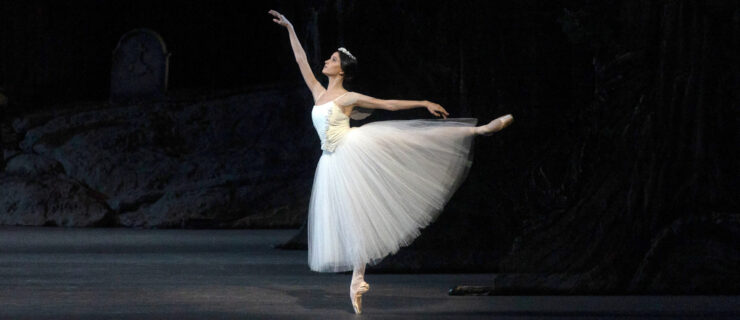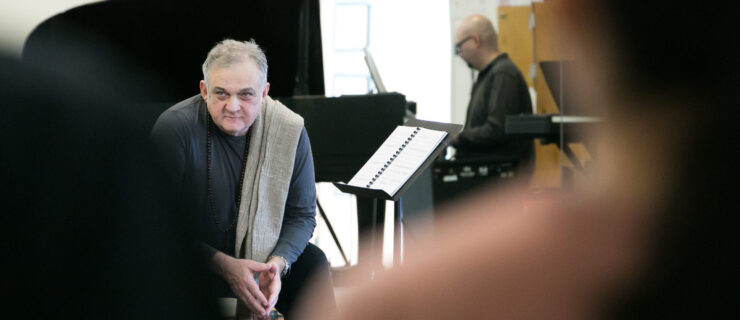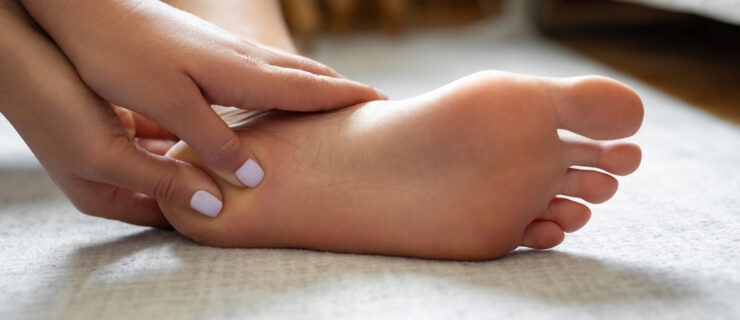Everything You Need to Do to Survive Colder Temps This Winter
As winter sets in, your muscles may feel tighter than they did in warmer weather. You’re not imagining it: Cold weather can cause muscles to lose heat and contract, resulting in a more limited range of motion and muscle soreness or stiffness.
But dancers need their muscles to be supple and fresh, no matter the weather outside. Here’s how to maintain your mobility during the colder months so your dancing isn’t affected:
Don’t Scrimp on Your Warm-Up
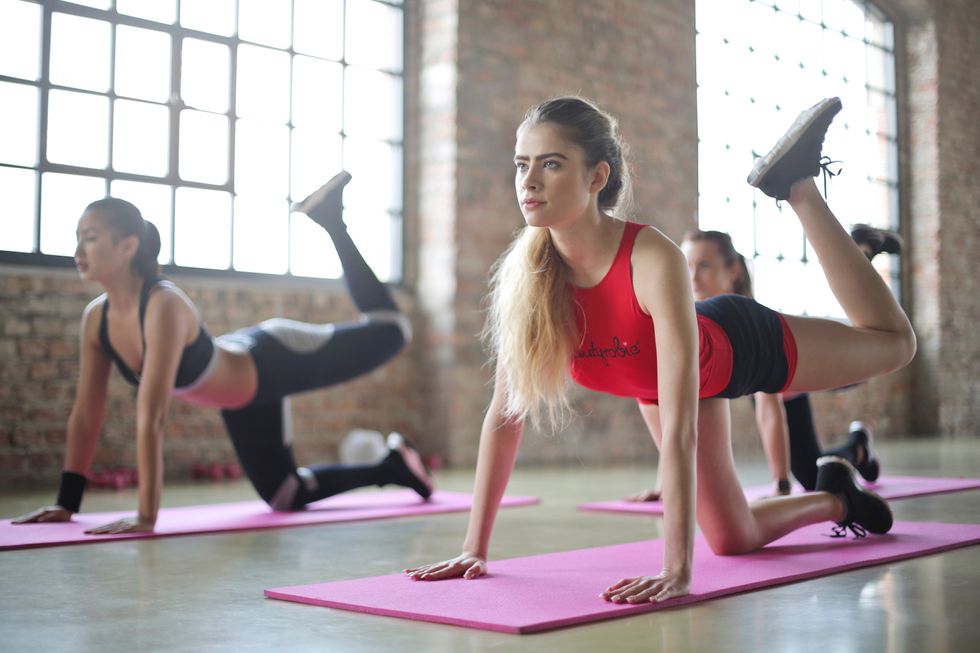 Bruce Mars via Unsplash
Bruce Mars via Unsplash
During the warmer months, you may be able to get away with a quick warm-up. But less forgiving temperatures mean a thorough warm-up is non-negotiable, as you’re more at risk for strains and tears when your muscles have tightened in the cold.
Develop a warm-up practice that works for you, incorporating something aerobic to get your heart up as well as some core work. Need more inspiration? Try bridges (try 5 slow repetitions), swan dives (lie face down with your arms by your side, then arch up and pulse your arms 10 to 20 times) or lunges.
Or Your Cooldown
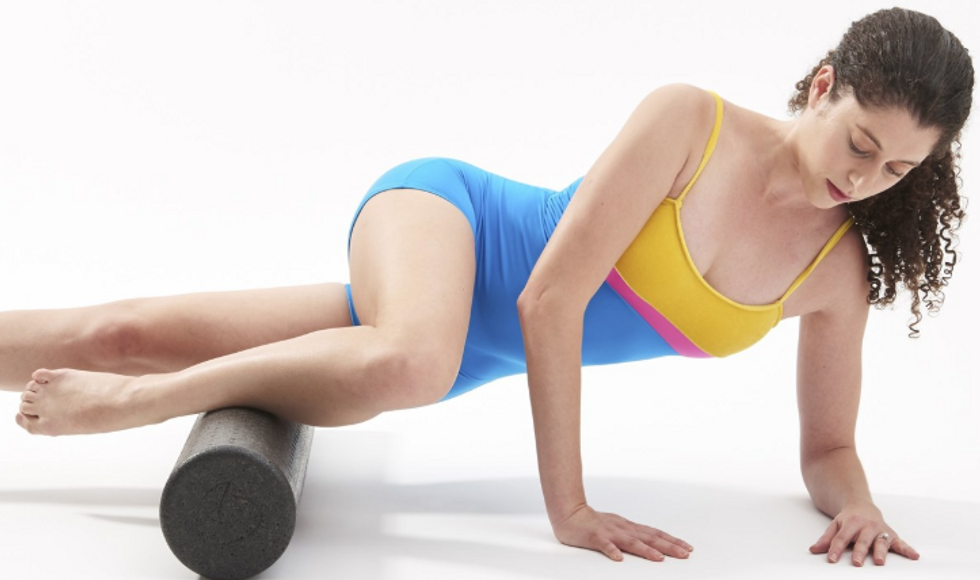 Nathan Sayers
Nathan Sayers
Equally important is a cooldown and stretch after rehearsal or class, especially if you find yourself getting sweaty and then going immediately outside. (Be sure to always change out of your sweaty clothes so they don’t make you even colder!)
Target any muscle groups that you worked in class with dynamic stretches, and for an added bonus, add a foam rolling session to your cooldown routine, targeting your quads, IT bands, hamstrings and lower back.
Slow Down and Listen to Your Body
 Heather Shevlin via Unsplash
Heather Shevlin via Unsplash
In the winter, it’s important to maintain a careful awareness of your body even when you aren’t in the studio, as you’re more at risk for sustaining an injury in colder weather. (Not to mention the snow and ice you may be navigating on your daily commute!) Leave extra time so you don’t have to rush, and find opportunities to stretch and relax your body as your go about your day—like taking a figure four stretch when you’re sitting, or stretching your calf against a pole or wall.

